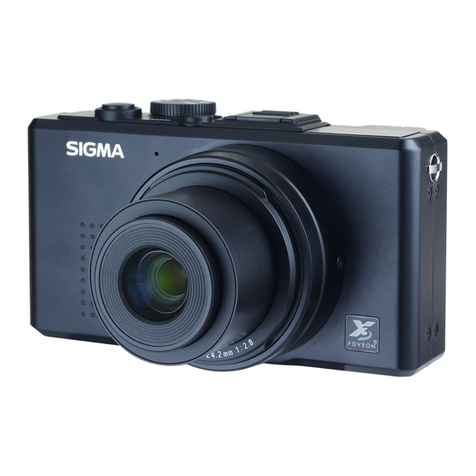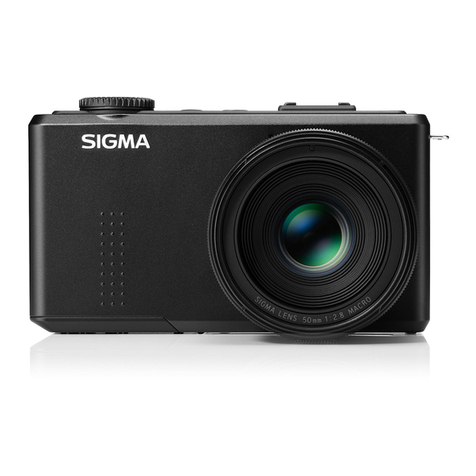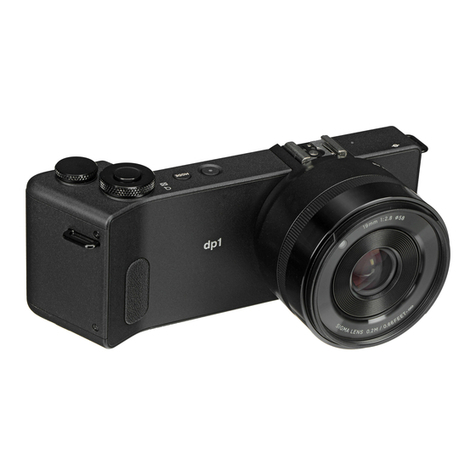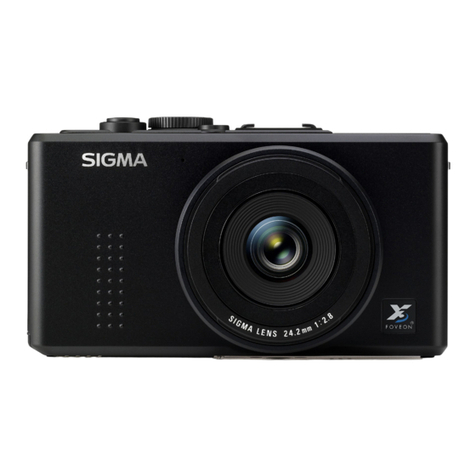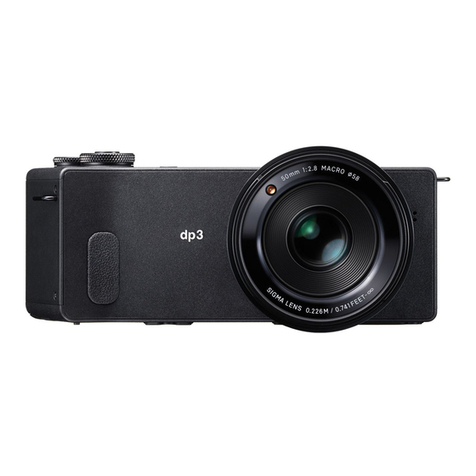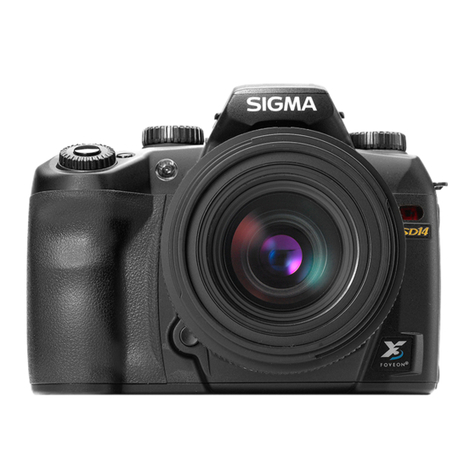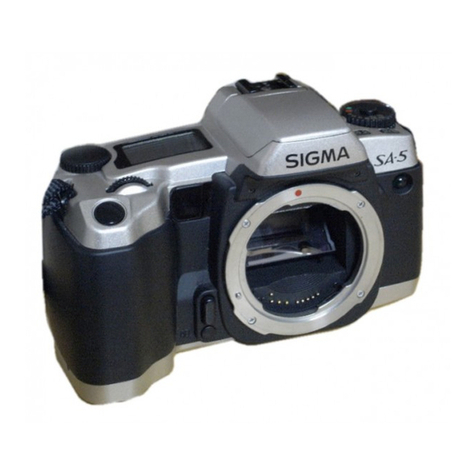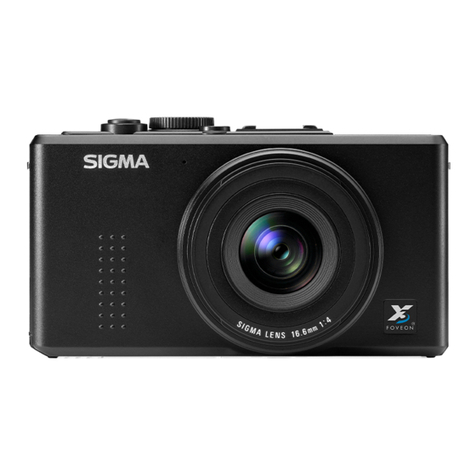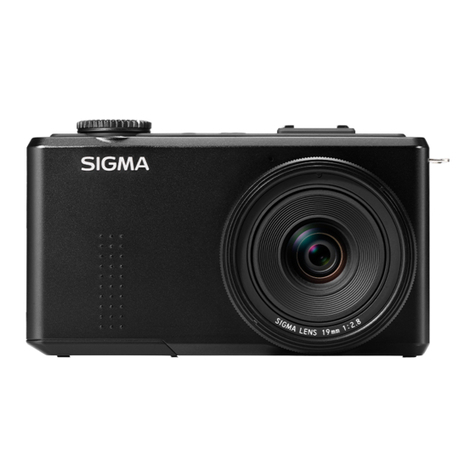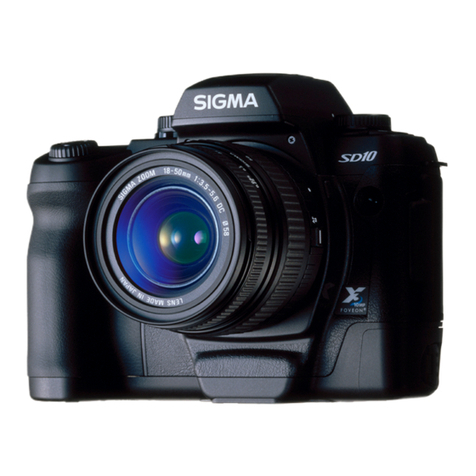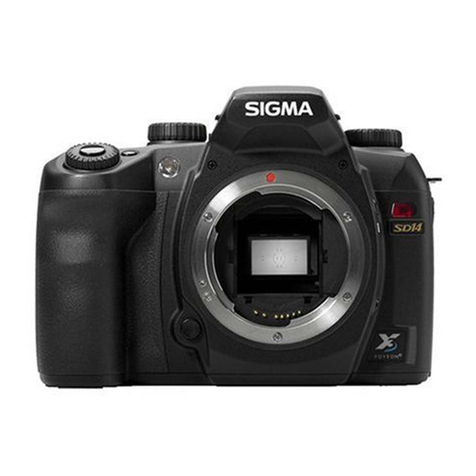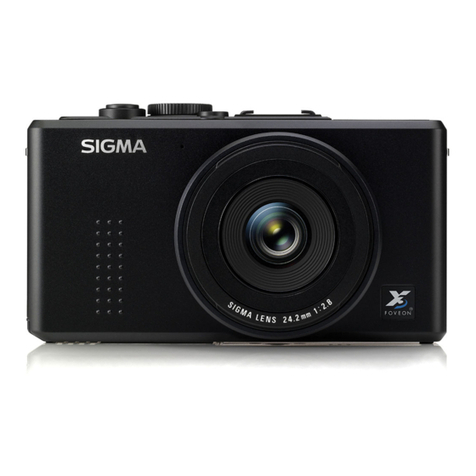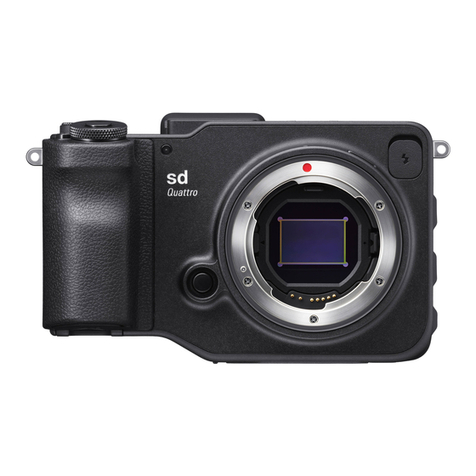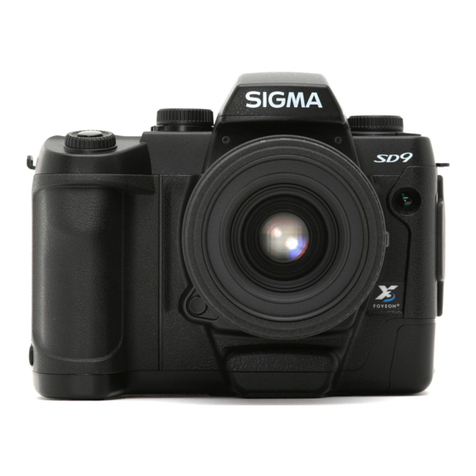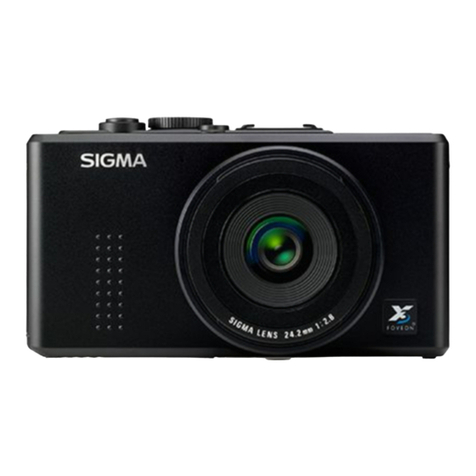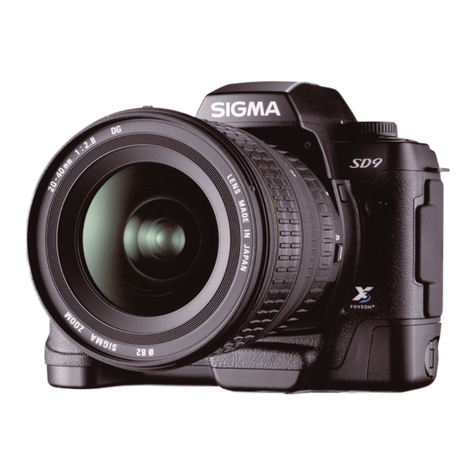Another Dimension in Photographic Expression.
The DP series: a new lineage
The DP2's integral standard lens is
brand-new and purpose-designed,
with a focal length equivalent to
41mm in a 35mm camera. We wanted
to allow photographic effects beyond
the scope of the focal length of the
wide-angle lens of the DP1, which is
equivalent to 28mm in a 35mm camera.
So we gave the DP2 a standard-
range focal length more suitable for
snapshots and portraits.
Still, we also wanted the DP2 to deliver
the unique 3-D feel and texture that
made the DP1 so special. We gave it
the kind of MTF and all-round lens
performance only possible with single-
index models. When it comes to the
textural feel of the images, when focal
length and F-numbers make all the
difference, we've made sure that the
DP2 is right up there with the DP1.
Meanwhile, we've tweaked the DP2's
user interface, making it even easier
to shoot pictures just the way you
want. While respecting your autonomy
as an artist, we've built in all the
photographic functions you need.
Since the DP2 is a lightweight compact,
we want you to carry it around every
day. That's why we've made it a more
complete photographic tool.
The camera that turns
ordinary into awesome.
The DP1's wide-angle lens is good
with perspective,—geared towards
dynamic shots of scenery, buildings,
celebrations. The standard lens built
into the DP2, on the other hand, has a
narrower field angle, giving a stronger
effect, making the subject stand out.
In other words, we've given it the
ability to create the photo that you,
and only you, can see in your mind's
eye. Naturally, this is great for portraits.
And for capturing the elusive beauty
of ordinary, everyday subjects, this
standard lens is ideal.
Its focal length is longer than the DP1's
lens. So, at low F-numbers (larger
apertures), you can create amazing
pictures by deliberately blurring the
background. This makes the subject
stand out sharply, in a compelling,
almost mystical way. In this sense,
you could say the DP2 turns
ordinary into awesome.
The single-focal length lens:
hassle or helpful?
Some say that single-focal length
lenses are tricky to use, and too much
hassle. Would you agree?
There was a time when they were
standard. But when high-performance
zoom-lenses appeared on the scene,
single-focal length lenses were nudged
out of their mainstream position and
relegated to the sidelines, where they
have remained for many a year.
No wonder most people think of them
as a niche product.
Sure, when you have to shoot from
just one spot, with no physical room to
move, a high-magnification zoom lens,
covering the range from wide-angle to
telephoto, is the height of convenience.
And conversely, when your single-focal
length lens has the wrong field angle
for the situation, you might not get the
ideal shot.
Nevertheless, despite this
“inconvenience”, many amateur
photographers still love single-focal
length lenses. They keep taking great
pictures with them. Of course, in wide-
aperture lenses of F2 and over, or
telephoto/super-wide-angle lenses,
or macro or fisheye lenses, the single-
focal option gives the best overall
balance. But that's not the only reason.
A lens that takes you
back to basics.
Using a single-focal length lens makes
you pay attention to the basics of
photography. Sigma believes that
taking a photo should always be a
fully conscious, personal act. Choosing
the subject. Finding the best angle.
Framing the shot in the best way
possible. Considering the light and
shadow falling on the subject. Taking
the colors in account. These are all
elements of photography. In our view,
it's only by making these choices for
yourself that you can relate to your
subject and your photo in your own
uniquely personal way.
These are the very shots that end up
being your best-ever pictures.
Your emotionally-charged
masterpieces. The ones that resonate
with everyone who sees them. Sure,
you would go through the same basic
process if you were using a zoom lens.
But with a zoom lens, you can get
the perfect field angle with a single
twist of the zoom ring. Creatively
speaking, that makes it harder to get
into the “zone”. We're not knocking
zoom lenses. Once you understand
how convenient they are, you can go
all-out and take full advantage of the
benefits they offer. But just remember,
their very convenience can diminish
some of the most fascinating and
crucial aspects of photography.
Less is more.
With a single-focal length lenses,
there's no convenient zoom function.
You have to “zoom with your legs”
, and frame the shot yourself.
Remember our conviction that it
should be you, not the camera, who
takes the picture. We think this effort
is all part of the art. Using a zoom lens
is like painting by numbers. A single-
focal length lenses gets you physically
moving, forces you to frame your own
shot, opens your eyes to unexpected
beauty. It makes taking pictures more
fun. It engages your creativity more
fully. Like the saying goes, less is more.
Single-focal length lenses can be a
challenge, but it's no drawback.
Are you looking for a camera that
brings out the artist in you?
That would be the DP2.
What could you do with a Sigma DP2?
06

